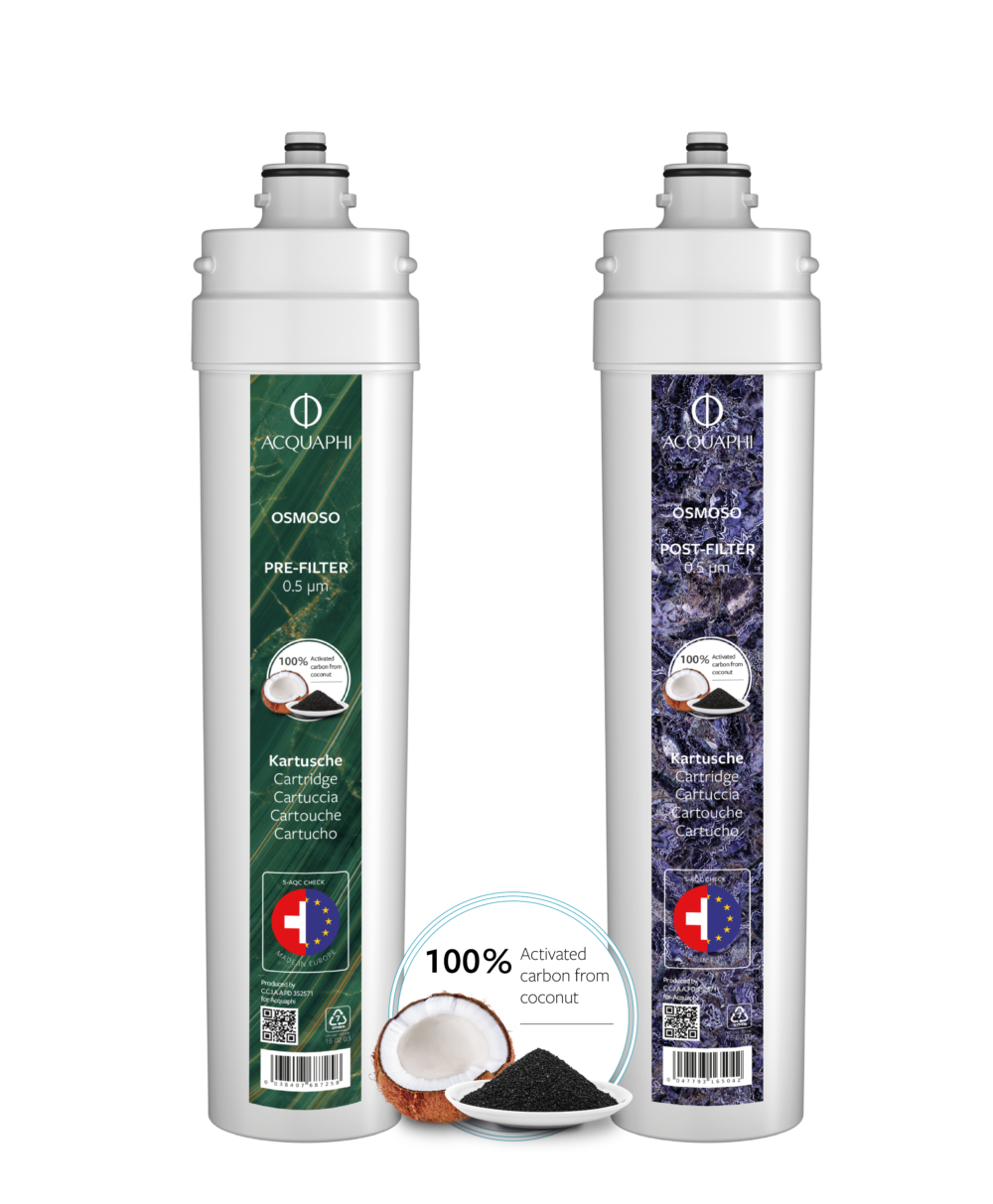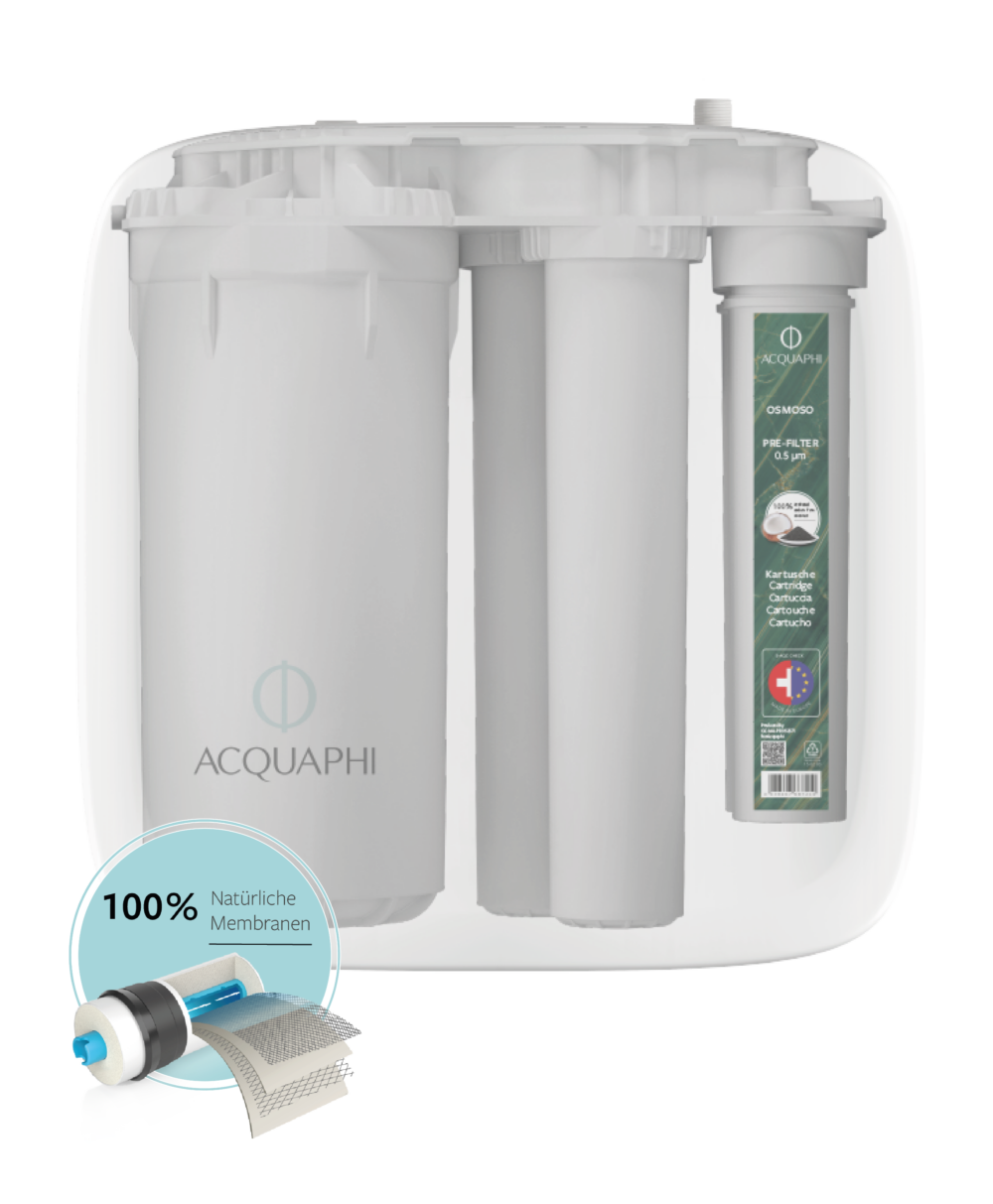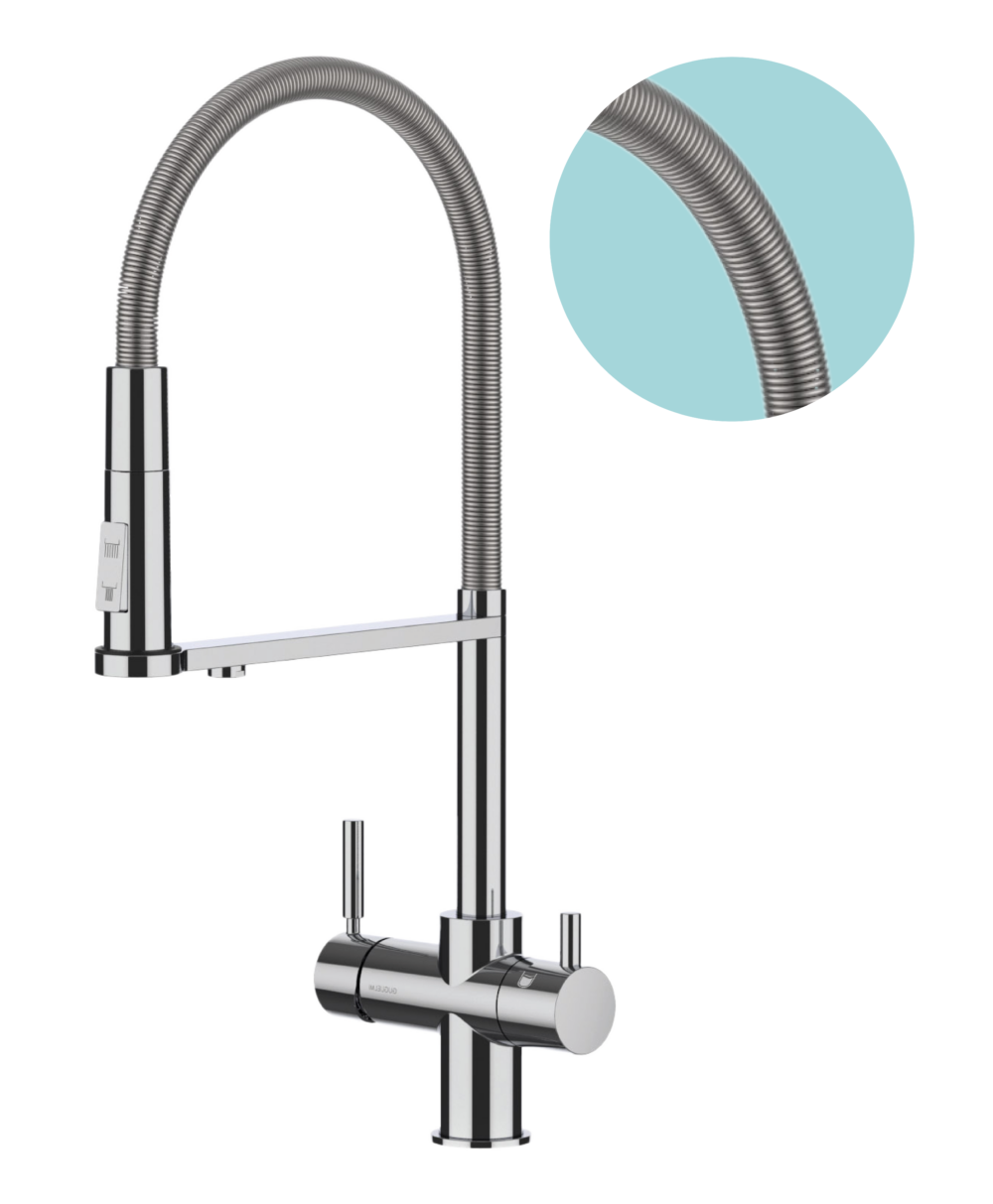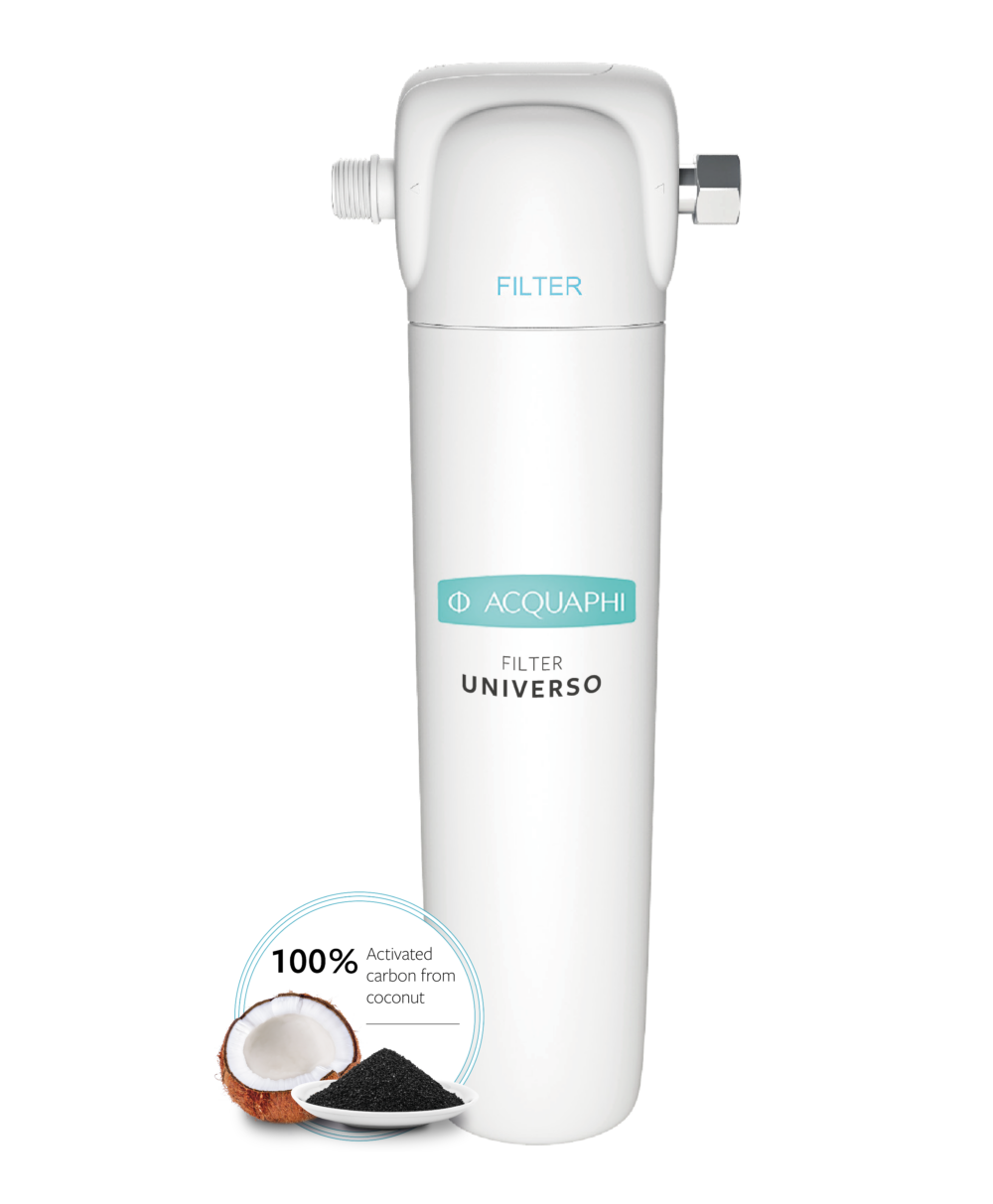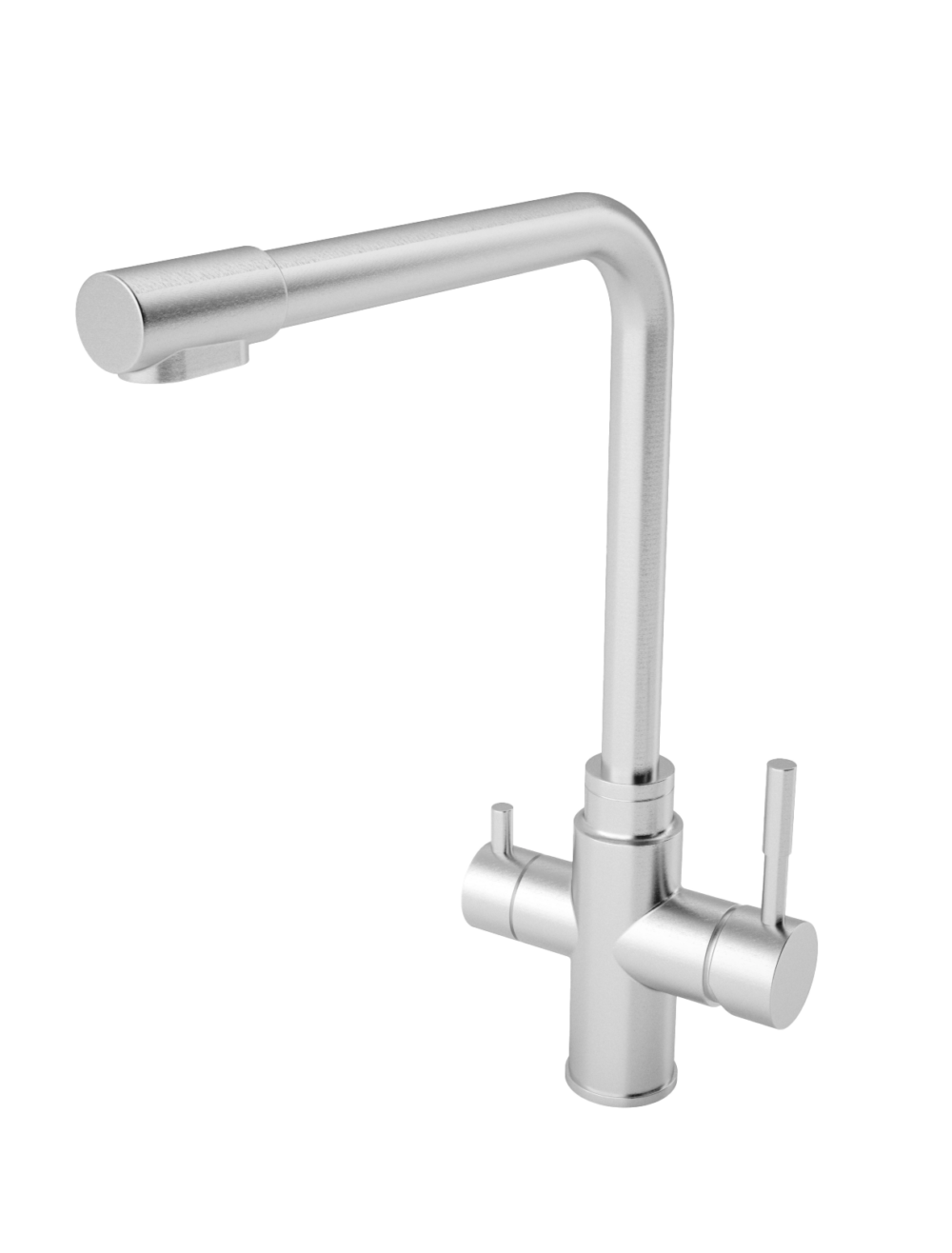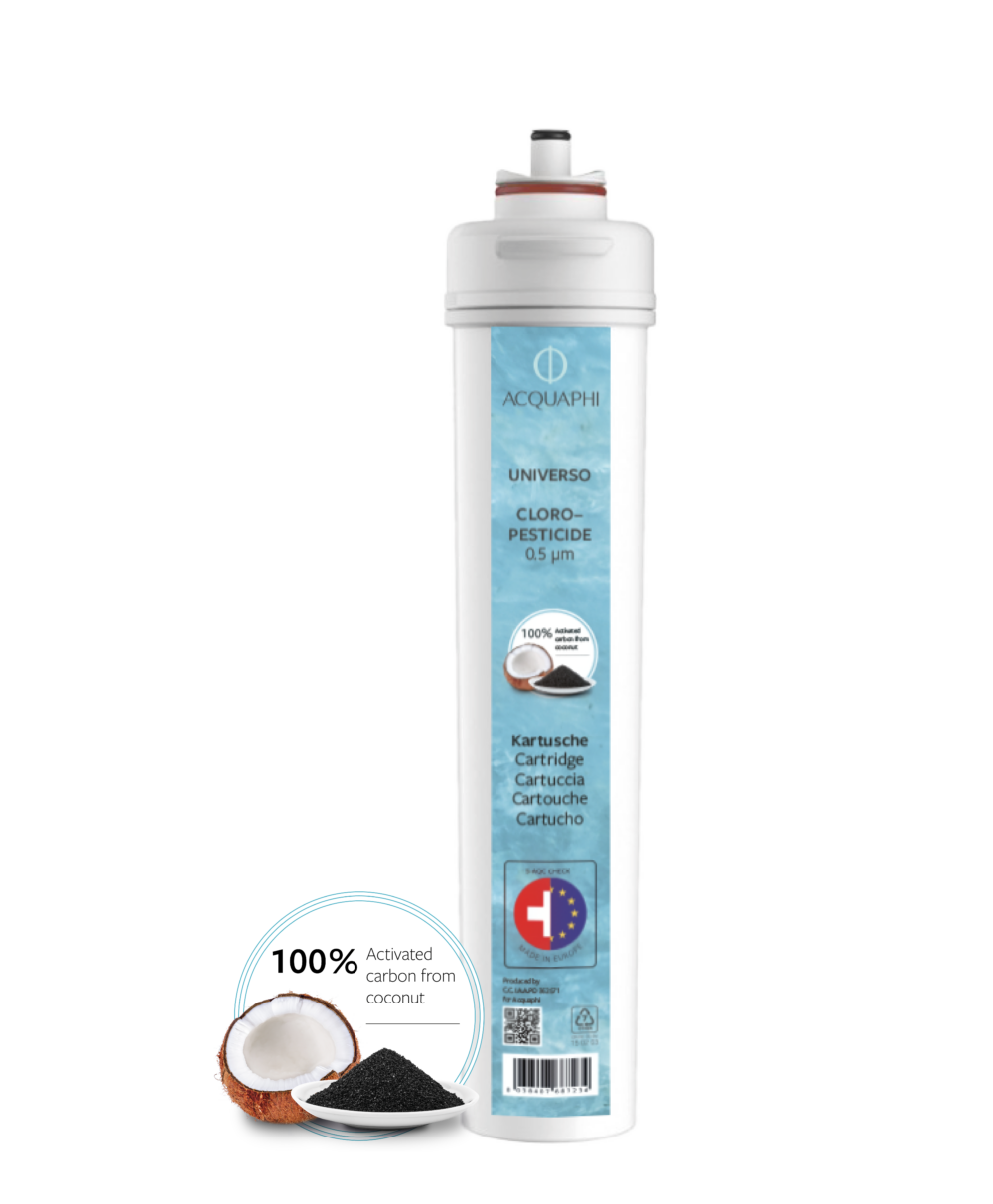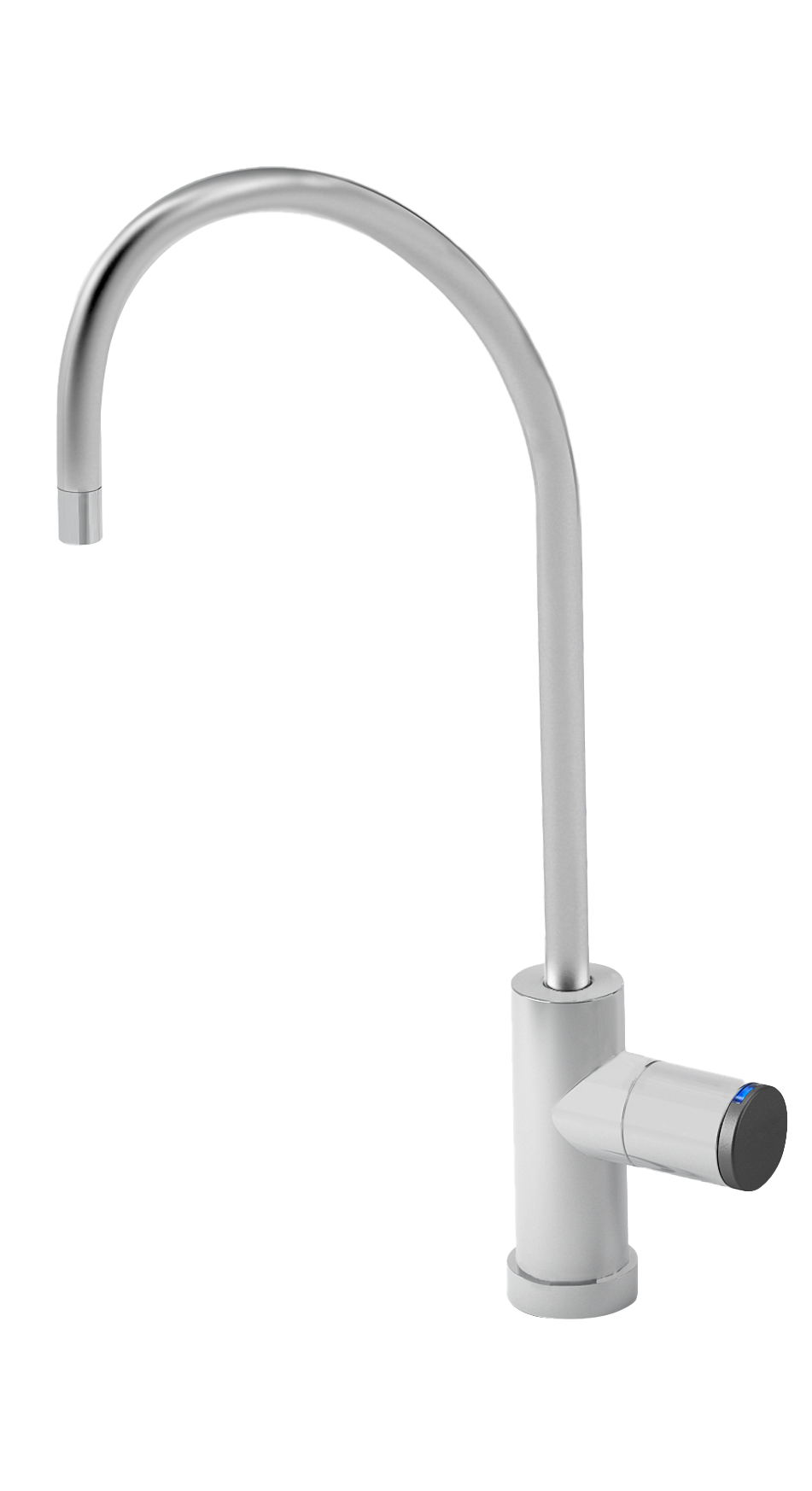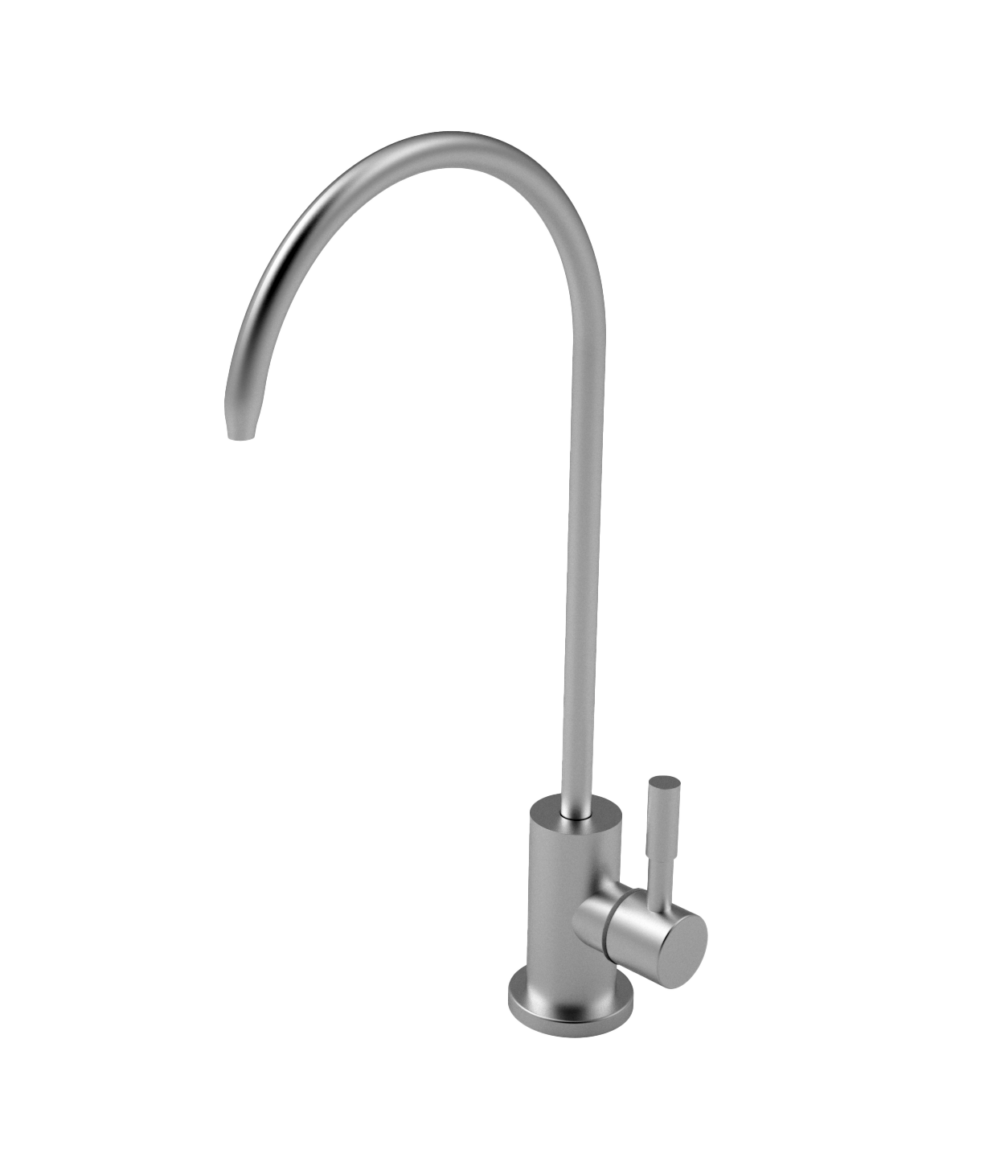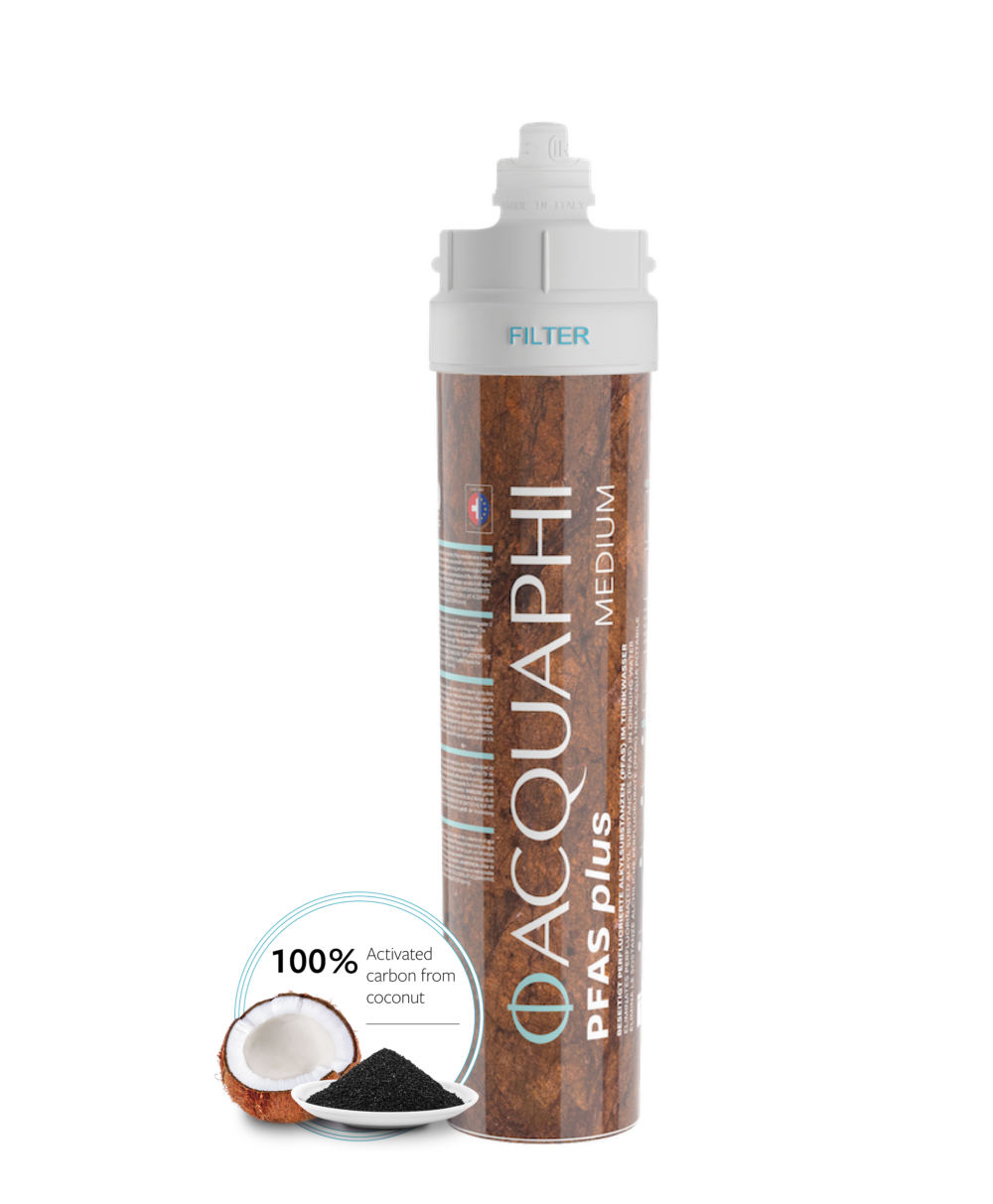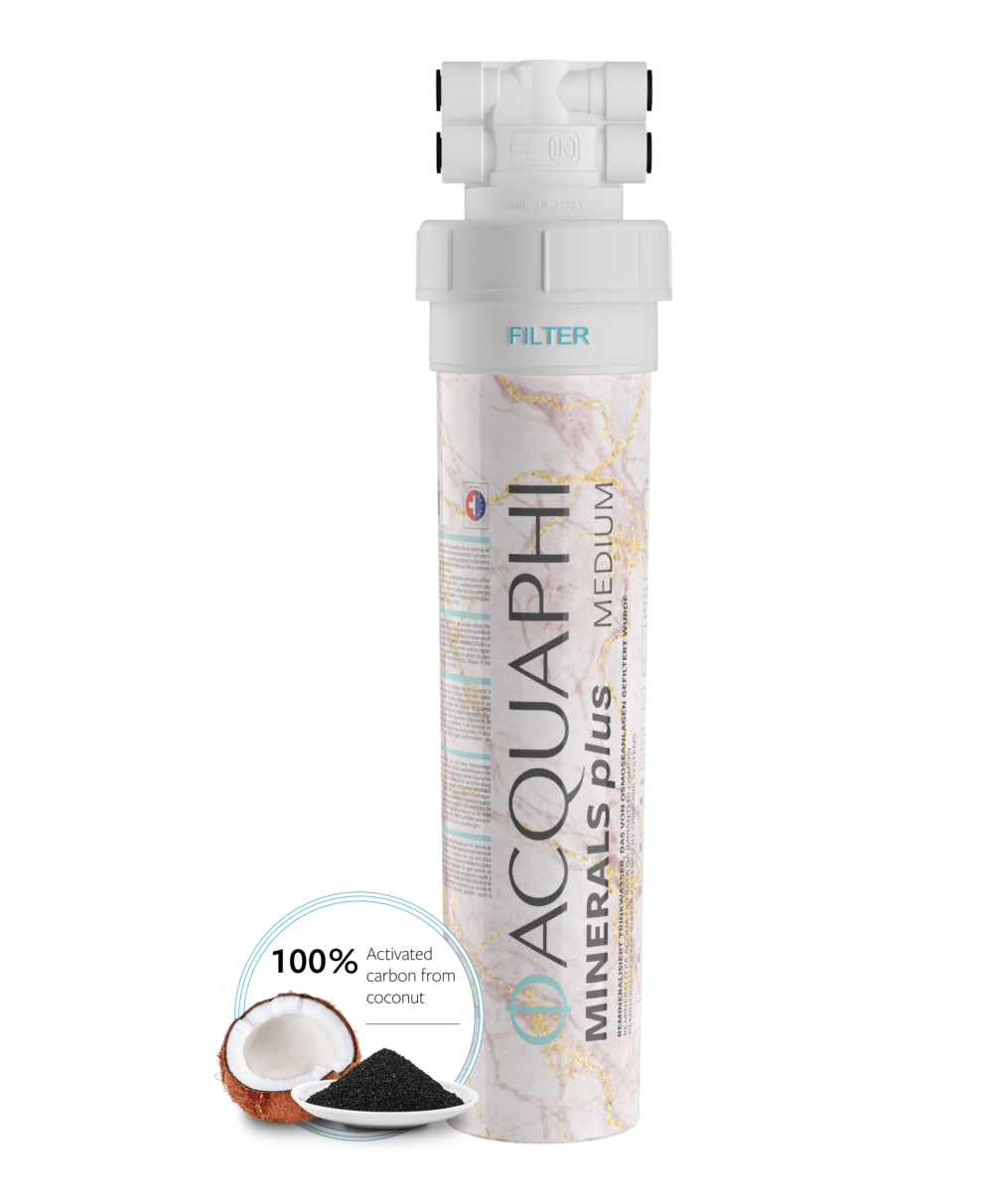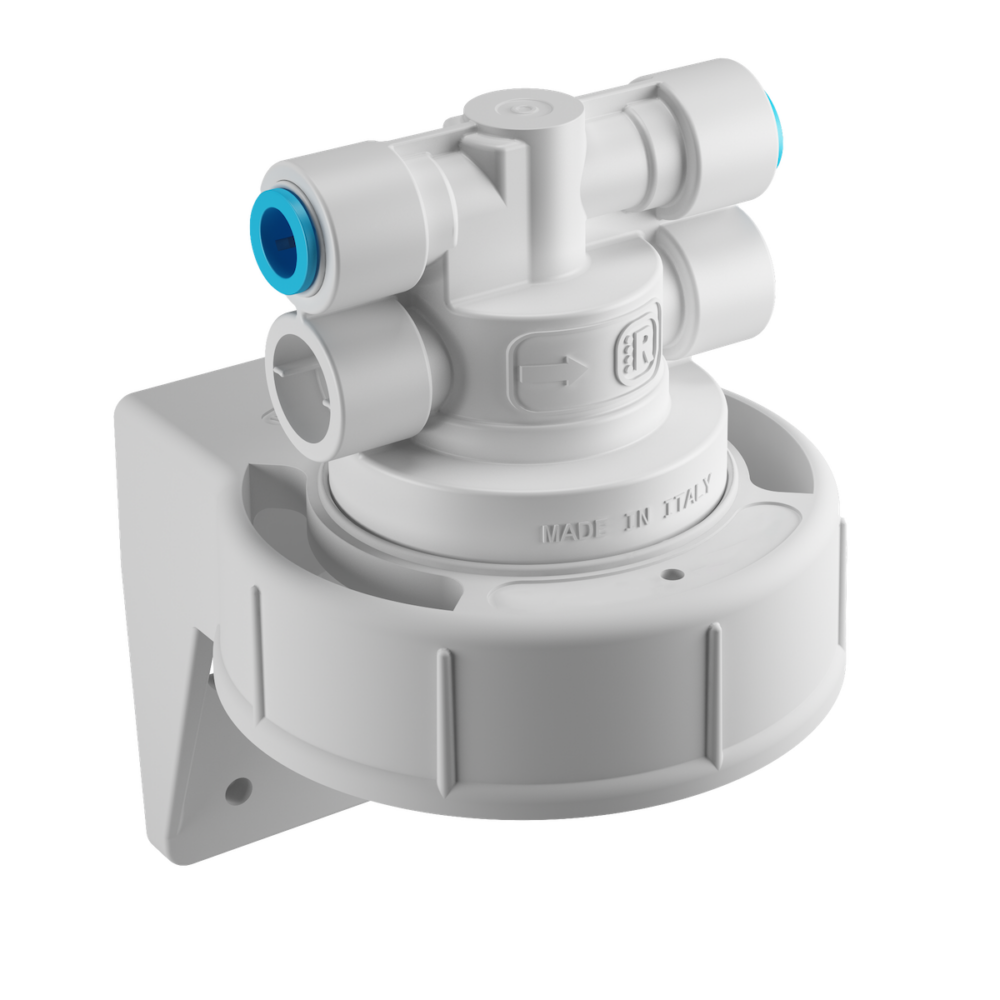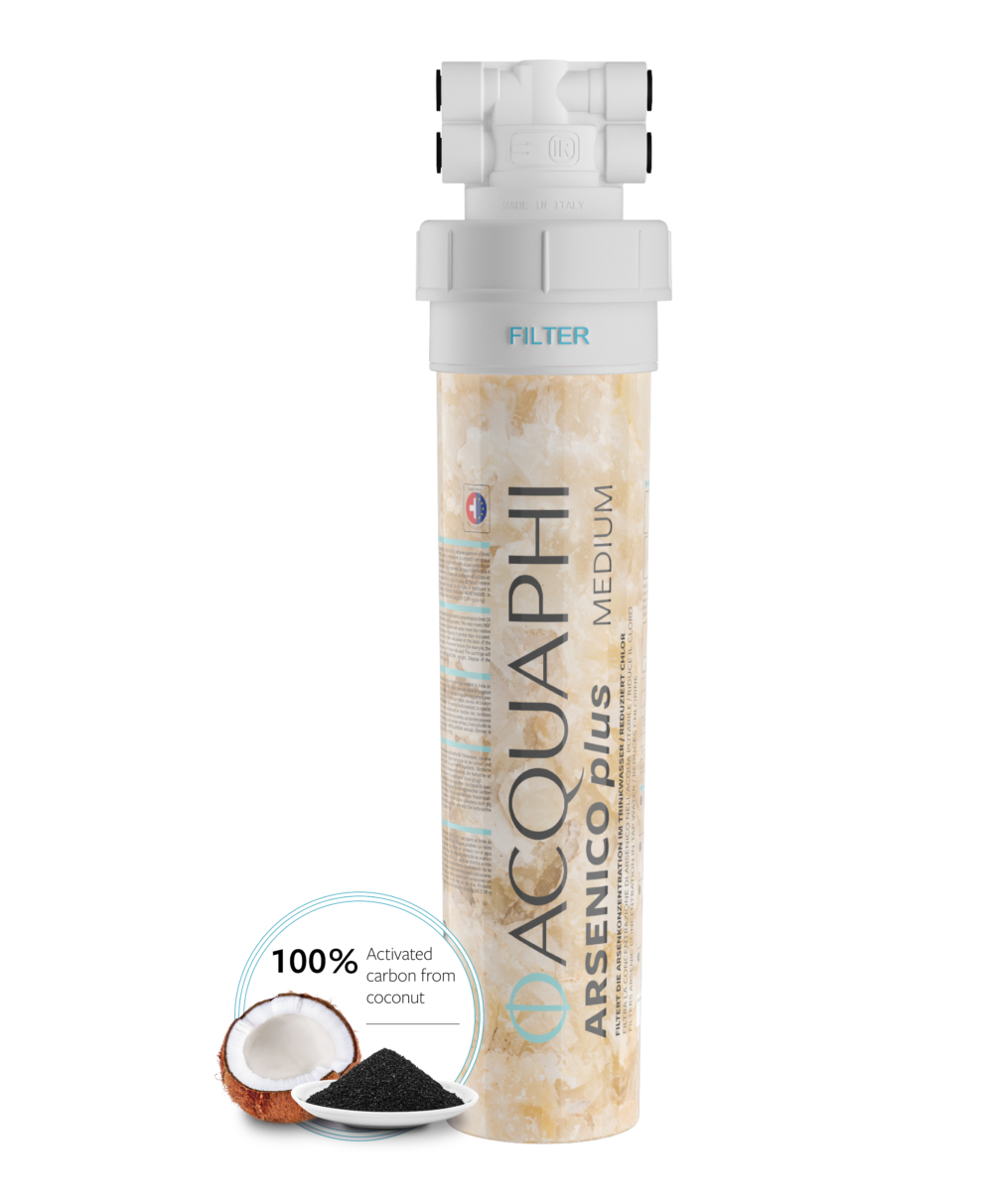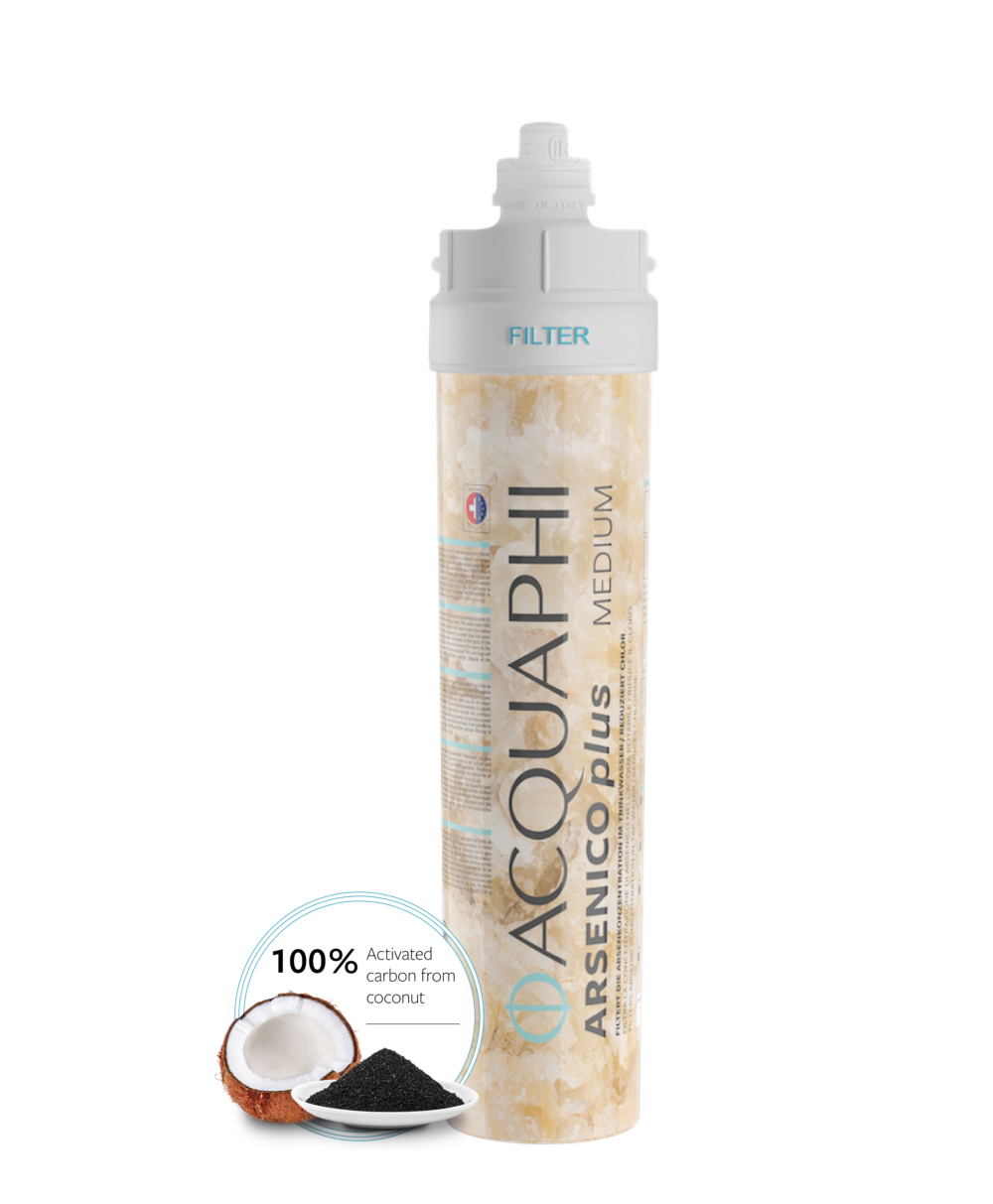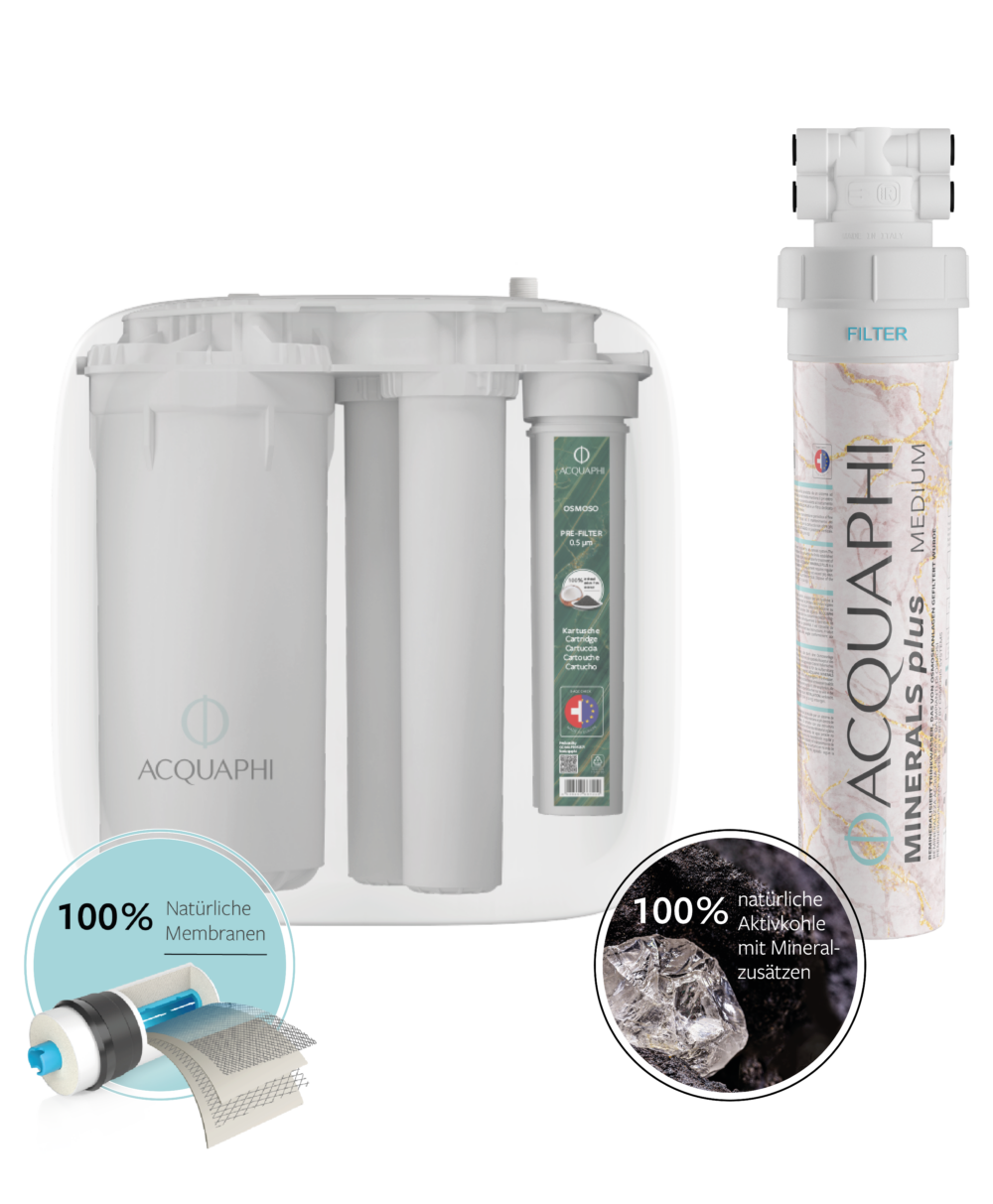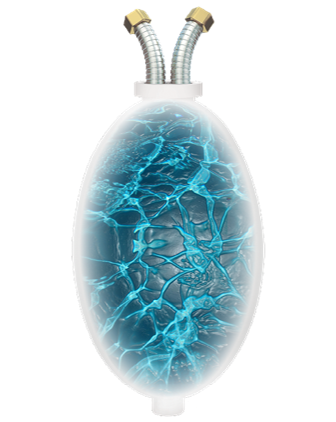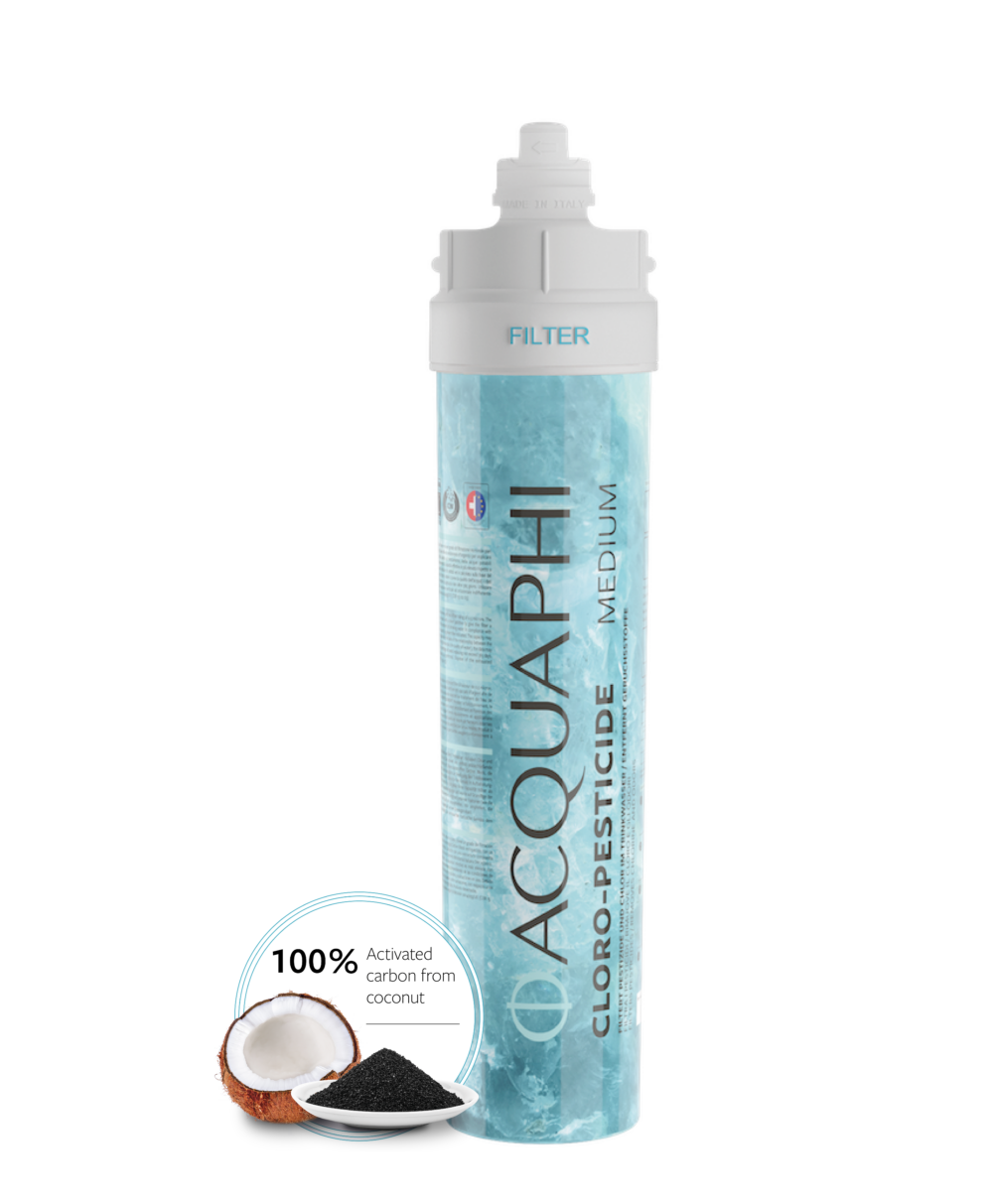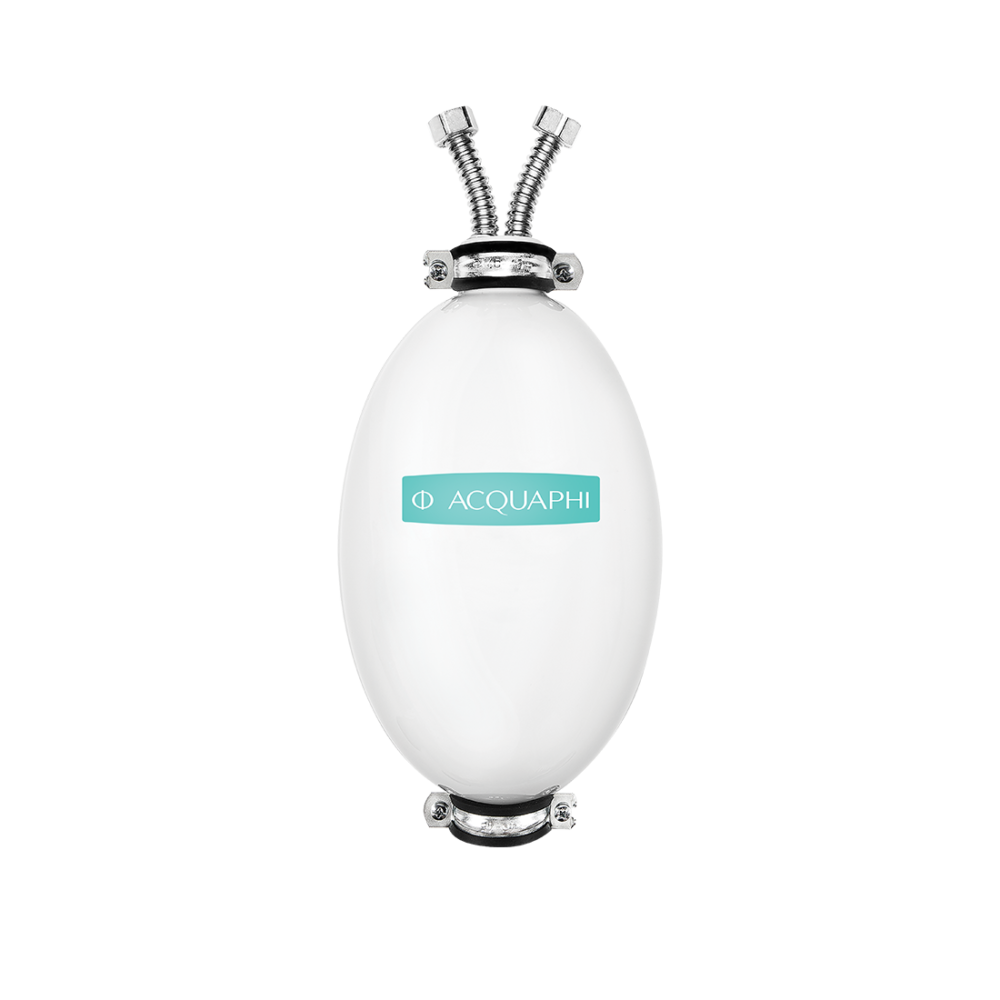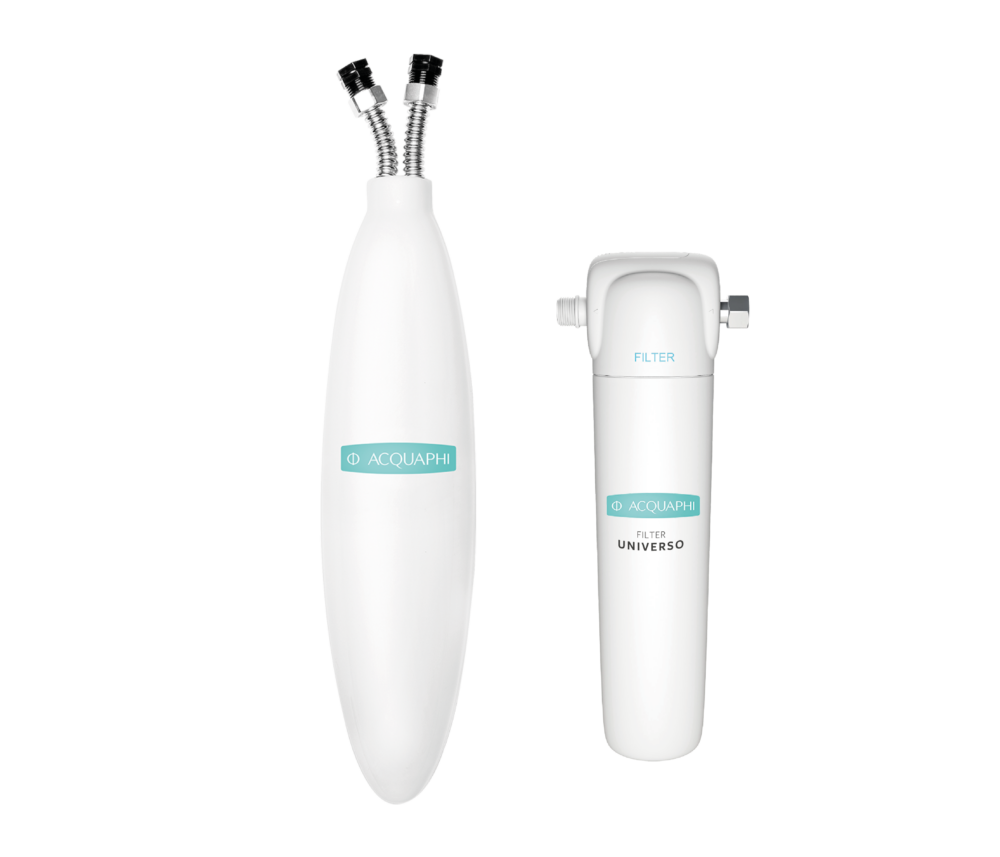Discover which pollutants our water filters remove
NEW: AcquaPhi water filter
Chlorine, pesticides, bacteria or pharmaceutical residues can contaminate your drinking water. Are you looking for a water filter that solves all your problems and can be installed invisibly in your kitchen? There is a solution: an under-sink water filter from AcquaPhi.
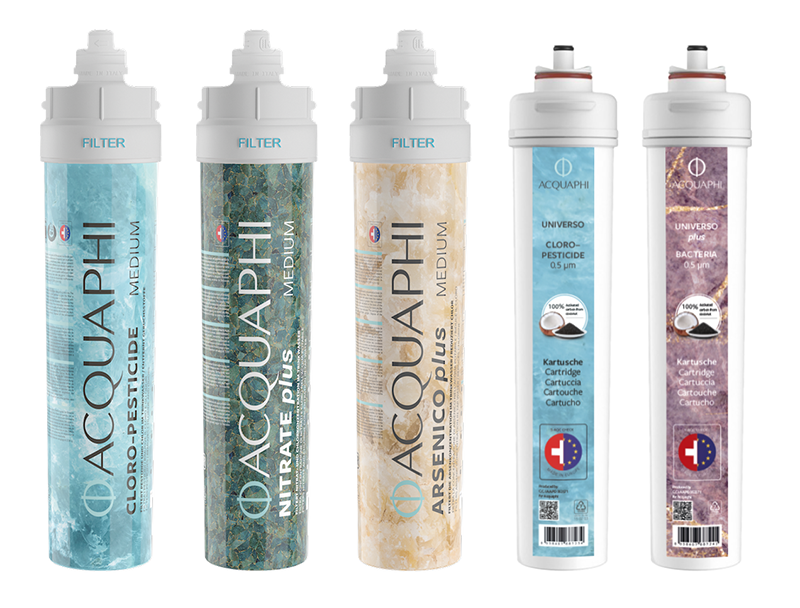
Pollutant overview
-
Water pollution is a major environmental concern in Switzerland, a country known for its pristine landscapes and commitment to environmental protection. Despite Switzerland's proactive efforts to protect its waters, certain problems still exist that contribute to water pollution and degradation. One of the main contributors to water pollution in Switzerland is agriculture. The use of fertilizers and pesticides in agriculture can lead to runoff that carries harmful chemicals into nearby rivers and lakes. In addition, intensive livestock production can lead to the release of manure and other waste materials that further contaminate water sources. Also.
read more
Customer review
Uranium
-
Uranium is a metal that occurs naturally in the earth, and exposure to high concentrations over a long period of time can damage the kidneys. Sources of exposure Uranium is a metal that occurs naturally in the earth. Uranium is present in small amounts in almost all the world's soils, rocks and waters. It can enter the environment through rain, wind and other natural processes, such as leaching from soil and rock or release from processing plants. Humans have used uranium to build military shielding, weapons, aircraft and helicopters. It is also used as fuel for nuclear weapons....
read more
Customer review
Mercury
-
Mercury is a toxic metal that occurs naturally in rocks, sediments and soil and is particularly harmful to children. Sources of exposure Most people have heard of the toxic effects of mercury. Mercury poisoning, sometimes known as "Mad Hatter's Disease", served as the inspiration for the Mad Hatter character in Alice in Wonderland. Mercury is a toxic metal that occurs naturally in rocks, sediments and soils. Above-average mercury concentrations in the environment are also often associated with volcanic activity. As mercury is naturally present in coal and oil, it is also released during the combustion of...
read more
Customer review
Lead
-
Lead is a naturally occurring metal that can affect the nervous system, damage the kidneys and damage red blood cells and bloodstream walls. Sources of exposure Lead is a naturally occurring element that occurs in rather small amounts in the earth's crust. It is heavy compared to other metals, but tends to be soft, malleable and has a low melting point. In its pure state, lead is bluish-white, but when exposed to our atmosphere it takes on a dull grey colour. Lead is a toxic metal that is harmful to human health; there is NO safe level of lead exposure. The extent...
read more
Customer review
Suspended solids and sediments
-
An excess of inorganic substances such as suspended matter can hinder the penetration of light into the water, which can affect plant growth. Total suspended solids and sediments Suspended solids (TSS for short) are particles larger than 2 micrometres that are found in the water. Most suspended solids consist of inorganic materials, but bacteria and algae can also contribute to water quality. Sediment, silt and sand to plankton and algae can be found in the water. Organic particles from decomposing materials can also contribute to TSS concentrations. When algae, plants and animals decompose, small organic particles are released in the decomposition process and enter the water as suspended solids....
read more
Customer review
Odours and flavours
-
Foul-smelling or bad-tasting water is an indicator of bacteria or other contaminants. Taste and odour problems Tap water can sometimes taste, smell or look different from the usual tasteless and transparent liquid you are used to. Not all changes in the taste, smell and appearance of tap water indicate a health risk. However, there are some cases where you should stop drinking tap water and have it checked by a professional. Normal tap water is tasteless and odourless. If your water is contaminated, it may have a strong smell or taste of the following chemicals: - Chlorine - Petroleum...
read more
Customer review
PFAS
-
PFASs include more than 1400 harmful chemical substances that are produced during the manufacture of everyday products and thus end up in our groundwater. Sources of exposure PFASs belong to the group of man-made chemicals that have negative effects on human health and can contaminate water. Moreover, they cannot be degraded but still accumulate in the environment. PFOA (perfluorooctanoic acid) and PFOS (perfluorooctane sulfonate) are the two most commonly produced PFAS worldwide. PFOA and PFOS are used extensively in the manufacture of many industrial and consumer products, such as fire-fighting foams, stain-proofing agents, non-stick cookware and waterproof clothing. These chemicals...
read more
Customer review
Arsenic
-
Long-term high exposure to arsenic via drinking water can cause cancer and skin lesions. Sources of exposure Arsenic is found in the environment in air, water and soil. However, in its inorganic form it is highly toxic. People are exposed to elevated levels of inorganic arsenic through contaminated water. Long-term exposure to inorganic arsenic can lead to chronic arsenic poisoning. Skin lesions and skin cancer are the most characteristic effects. Possible health effects Long-term exposure to arsenic through drinking water can cause: - vomiting, abdominal pain and diarrhoea - tingling in the extremities - muscle cramps - cancer - skin lesions - diabetes,...
read more
Customer review
Nitrate
-
Ingestion of too much nitrate can impair oxygen transport in the blood and cause methaemoglobinaemia in infants. Sources of exposure Nitrates and nitrites are compounds formed naturally when nitrogen combines with oxygen or ozone. Nitrogen is essential for life. At the same time, nitrates are the most important source of nitrogen for plants. Vegetables and fruit contain an average of 80% of the nitrates that are good for humans. Especially if these products contain a lot of vitamin C. Because that helps prevent nitrates from being converted into the more harmful ones. Sausage, bacon and hot dogs are also a source of nitrates. Nitrates can...
read more
Customer review
Bacteria / Viruses
-
The presence of bacteria in drinking water, especially E. coli, indicates that the water contains pathogens that can cause headaches or nausea, for example. Common bacteria and viruses in drinking water When you think of possible contaminants in your drinking water, bacteria and parasites such as E. coli or Giardia are probably not the first things that come to mind. But they are particularly dangerous. If they enter our drinking water untreated, these pathogens pose a health risk to humans and animals. Coliforms in water Coliform bacteria are a family of bacteria that we have in our digestive tract. That is right and necessary....
read more
Customer review
Herbicides
-
Herbicides pose known health risks, such as the long-term risk of developing cancer or fertility problems. Sources of exposure Phenoxyacetic acids are classified as herbicides. They were first used in the 1940s, and have been used in agriculture since the mid-1950s. They are widely used in forestry and, to some extent, in home gardens and account for about 70% of the weedicides used. Therefore, these herbicides are of interest for surface and groundwater monitoring. Drinking water is also monitored in this respect. Due to their high water solubility and low sorption in soil, phenoxy acids are characterised by...
read more
Customer review
Pesticides
-
Pesticides are potentially toxic to humans and can cause both acute and chronic health effects. Sources of exposure Pesticides are chemicals used to kill or control pests such as insects, weeds, fungi, bacteria, rodents, fish or other types of organisms. Pesticides are most commonly used on agricultural land, in gardens and on lawns. They are also used in water bodies such as rivers, canals or lakes to control pests such as mosquitoes, weeds or some species of fish. Pesticide contamination of drinking water is very common, especially in areas with large-scale agriculture. Accidental or illegal spillage of pesticides can lead to contamination of...
read more
Customer review
Heavy metals
-
Drinking water heavily contaminated with heavy metals can cause cardiovascular disease, kidney damage and cancer and diabetes. Sources of exposure Heavy metals have a relatively high density or relative atomic weight and are of particular concern to human health. In particular, industry, agriculture and pharmaceutical processes cause contamination of groundwater. In addition, landfills and the disposal of wastewater can contribute to higher levels of heavy metal contamination. Examples of heavy metals are mercury (Hg), cadmium (Cd), arsenic (As), chromium (Cr), thallium (Tl) and lead (Pb), manganese (Mn), molybdenum (Mo), nickel (Ni) and selenium (Se). These are considered systemic toxins and are known to be toxic even in...
read more
Customer review
Pharmaceutical drugs
-
Drug residues can damage the environment and the healthy bacteria in our bodies. Sources of exposure Medicines are present in the environment and thus enter water bodies, are ingested by wildlife and can therefore have a harmful effect on the ecosystem. Humans ingest them through drinking water, drug residues or food. The concentrations and effects of pharmaceuticals in the environment depend on a combination of several variables, including the toxicity, degradation, persistence and mobility properties of the pharmaceutical, the source and timing of pollution, the technology, operation and efficiency of wastewater treatment plants, agricultural...
read more
Customer review
Microplastics
-
Microplastics can be potentially toxic, leading for example to cell damage, inflammatory and immune responses and metabolic changes. Sources of exposure The term refers to particles that consist of non-degradable plastic, are smaller than five millimetres and do not dissolve in water. Microplastics have been detected in seawater, sewage, freshwater, food, air and drinking water. Common foods such as fish and salt and beverages such as water and beer routinely test positive for microparticles. Large amounts are present in water and shellfish in particular. Microplastics enter freshwater in a variety of ways: primarily through surface runoff and wastewater, but also through combined sewer overflows, industrial effluents, degraded...
read more
Customer review
Chlorine
-
A high chlorine concentration can be dangerous, especially for small children: If chlorine is ingested over a long period of time, there is a risk of asthma or hay fever. Water treatment with chlorine Microorganisms can occur in rivers, lakes and groundwater. Not all of them are harmful to our health. But some do make us sick. These pathogens can be transmitted via drinking water and cause diseases. To prevent this from happening, various disinfection processes are used. Together with other water treatment processes such as coagulation, sedimentation and filtration, the water is purified so that it can be drunk and used for cooking without any problems. Chlorination is one of the ways in which...
read more

